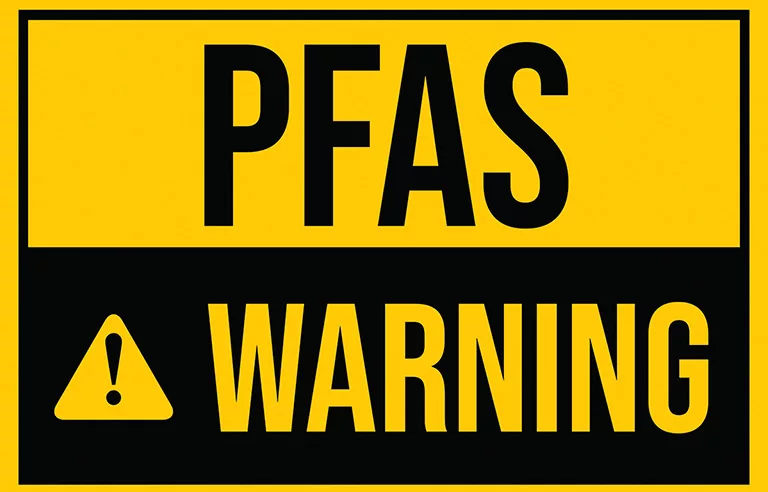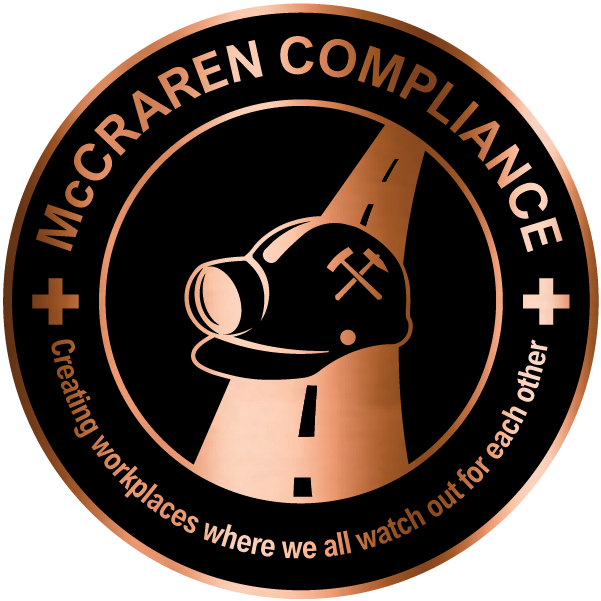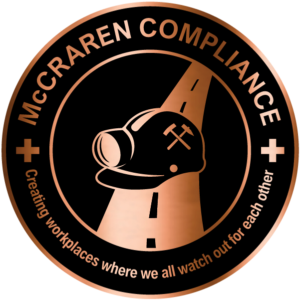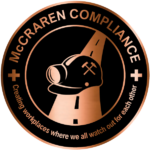
Per- and polyfluoroalkyl substances are “almost everywhere,” according to the Texas Department of Insurance.
Commonly referred to as PFAS, they’re a group of more than 12,000 chemicals used in food packaging, firefighting foam, many industrial processes and more.
They’re also typically referred to as “forever chemicals.” That’s because they don’t break down easily, meaning they can build up in the environment and in an exposed person’s body.
These “forever” chemicals can cause liver damage, autoimmune disorders, reproductive system problems and some cancers, warns the U.S Agency for Toxic Substances and Disease Registry.
However, no federal workplace exposure limits for PFAS exist. Employers who have workers who handle PFAS should follow Hierarchy of Controls measures to reduce exposure. Follow these tips from TDI:
Eliminate: Replace all workplace materials containing PFAS with safer alternatives.
Engineering controls: Install proper ventilation systems and enclosures and implement process modifications to help reduce airborne PFAS levels.
Administrative controls: Establish worker training programs, exposure monitoring and good housekeeping practices. Employers should also limit access to PFAS-contaminated areas.
Personal protective equipment: Respirators and protective clothing should be provided when other controls don’t reduce exposure levels.
OSHA’s Hazard Communication Standard (1910.1200): Employers are required to inventory all chemicals in their workplace and provide a Safety Data Sheet for each one.
McCraren Compliance offers many opportunities in safety training to help circumvent accidents. Please take a moment to visit our calendar of classes to see what we can do to help your safety measures from training to consulting.
Original article published by Safety+Health an NSC publication


